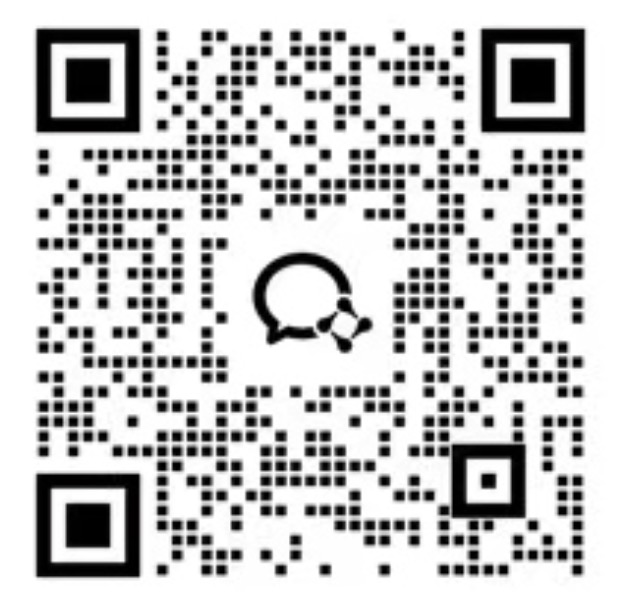首份消费者压力指数(英)
The inaugural Consumer Stress Index by the Kearney Consumer InstituteHow a combination of macroeconomic data and consumer input can lead to a better understanding of consumer stressPhoto by Gema Alcantara Gonzalez Kearney, MadridFrom an economic view of consumers to consumers’ view of the economyIn recent years (but also since the dawn of time), it’s been argued that consumers are unpredictable. They act unreliably and irrationally. They often tell us one thing and then do another. Given their impact on the global economy, it begs a need to better understand their sentiment and associated behaviors.Developing and refining this new model was a journey, one that began with thinking about consumer behavior during a recession that never happened, but for a while seemed like the only thing anyone could talk about. As late as Q3 2023, industry executives were still trying to figure out why reality wasn’t lining up with the predictions they rely on to make critical decisions. These days, the terms “unpredictable” or “mixed data” seem to be business speak for “we can’t explain why something is or isn’t happening.”Labeling consumers as “unpredictable” has become the default explanation. The KCI knows the problem isn’t the consumer—it’s the way most companies and analysts examine and evaluate the consumer today, often based on objective data that misses the emotions and full mental load of consumers. A consumer’s perception is, quite literally, their reality, and recognizing this is the basis of a new understanding of consumers. The “recession that never was” is just one example of how traditional economic models often fail to understand and explain consumer behavior. Creating a new model necessitated looking at consumers as people, with both shared and unique qualities, and—most importantly—who have agency.The two most difficult things to fully comprehend are the human heart and the human mind. It’s hard enough to understand your own motivations, or the motivations of those closest to you, let alone people you have never, and likely will never, meet. But that doesn’t stop an army of economists, marketers, and business leaders from comfortably handing down neat and clean pronouncements and predictions to explain, categorize, and anticipate consumer behavior—pronouncements and predictions that are, at best, oversimplifications of highly complex and nuanced mental processes.So, is it possible to balance the traditional “objective” data and demography-driven profiling of the consumer and a more “subjective” (but perhaps more accurate) picture of consumers—as individuals and in groups? The answer is yes, but it requires a new mindset that brings together objective data points with direct consumer input in a dynamic, evolving model capable of making new connections between the forces that drive consumer behavior. That’s why the Kearney Consumer Institute (KCI) has developed the Kearney Consumer Stress Index that “learns” by balancing the art and science of co
首份消费者压力指数(英),点击即可下载。报告格式为PDF,大小1.28M,页数16页,欢迎下载。









